Salvatierra
Farms
Northfield, Minnesota
“As communities gather on this land and farmers come to see and feel the effect of participating in change, we find a space of hope, agency, and restoration.”
– Reginaldo Haslett-Marroquin
This feature was a collaboration between A-dae Romero-Briones, Reginaldo Haslett-Marroquin, and Farmer’s Footprint.
Reginaldo Haslett-Marroquin doesn’t practice regenerative agriculture, he lives it.
What’s fascinating about Reginaldo is that, even with the breadth of his experience on land and creating change, he doesn’t consider himself a farmer, grower, or a producer. He simply sees himself, and all “farmers”, as stewards of energy transfer from non-edible forms to edible forms.
He is well known in the regenerative agriculture community and founder of Salvatierra Farms, nestled in the community of Northfield, Minnesota. He’s been published in Forbes, Agweek, and serves as an Ashoka Fellow. He is also the founder and director of the Regenerative Agriculture Alliance, an ecosystem of industry leaders, farmer and public interest organizations, food sector businesses and cooperatives, tribes, and elected officials that are working together to scale up regenerative agriculture supply chains.
Reginaldo’s hands, words, cultural heritage and vision act as concentric ripples supporting regenerative, whole ecosystems. Once you see what a regenerative system looks like through his lens, it’s clear his efforts exist so every stakeholder – air, water, soil, creature, human, community –
In Relationship with the Land
Reginaldo’s relationship with the land started with an intimate understanding of place, and it’s where he recommends every human should start – with a genuine remembrance of the innate capacity we have as humans to engage with the land around us.
Reginaldo’s personal relationship with the land began in his great grandmother’s homelands of the Achí, one of the Mayan clans that come from Tikal, now known as Temple IV, in northern Guatemala. Reginaldo comes from the water people, the crocodile clan, the people responsible for handling the water management in Tikal.
Understanding water and its behavior is one of the responsibilities of the water people; therefore, one of Reginaldo’s. While there were dramatic changes in the Mayan society, mostly due to agriculture and water management, the acknowledgment of their existence today is fundamental to seeing, hearing, and learning from their knowledge, experiences, and history.
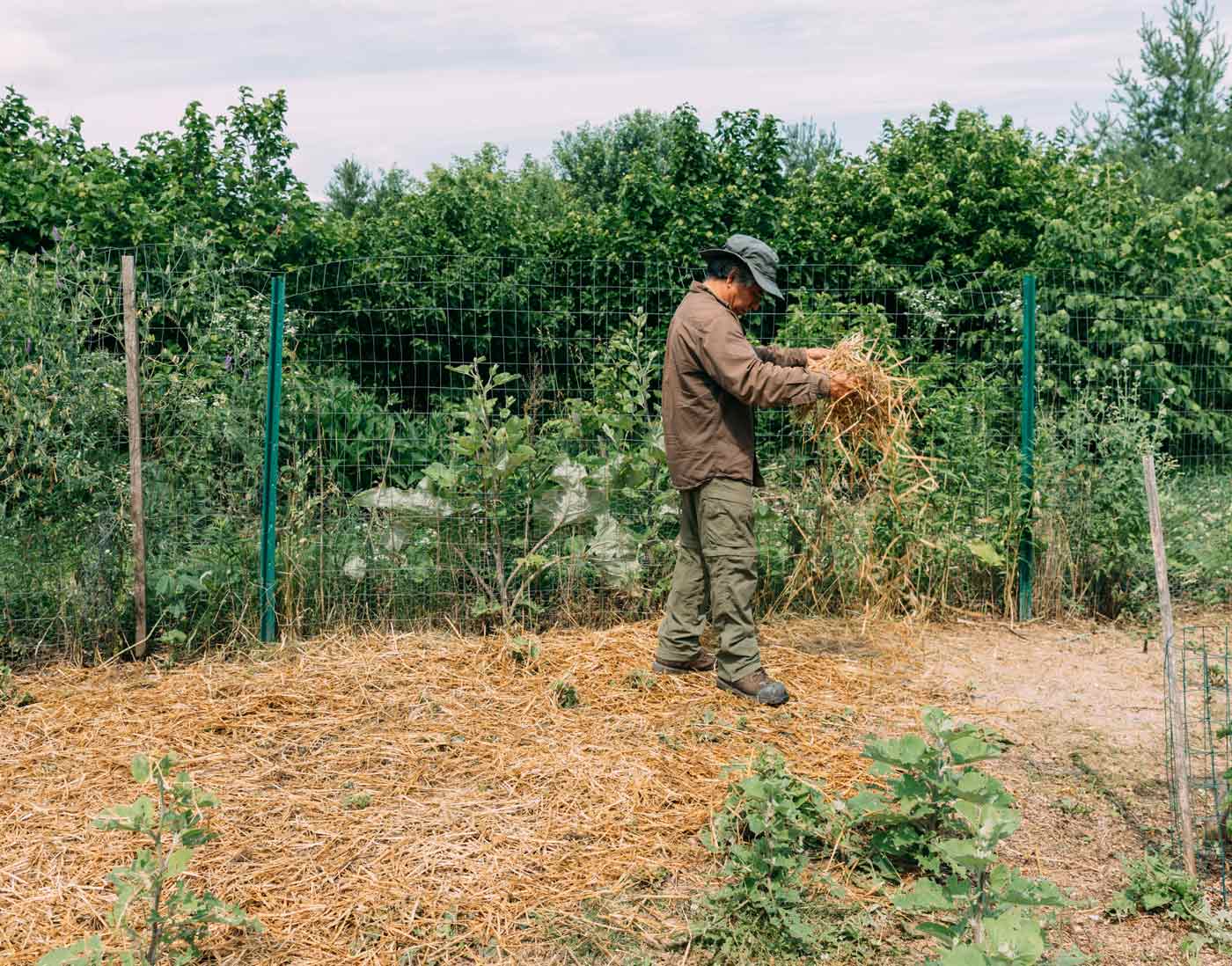
Reginaldo explains that 70% of Guatemalan population is Mayan today.
Even more important, acknowledgement of their existence today requires colonial history to acknowledge the brutality of events that occurred in modern day. This included land theft to build dams and create corporate farms to support modern production agriculture that led to a 50 year civil war that included a government sanction of Mayan Genocide, massive migration of Mayan people north who now participate as farm labor in United States agriculture, as well as acknowledgment of the colonial model of violent displacement (literal genocide) of Indigenous people, land, and models that contain regenerative practice and lessons.
We must tell the truth of our history to learn from it and to see the people who can actually teach us. Reginaldo and the story of the Achi people epitomize the truth of history that remains untold and buried beneath the narrative of disappearing Indigenous people and culture.

In his life in Guatemala, he had to decipher and understand how food and information supply chains worked. He eventually found himself working in an orphanage with 160 children who lost parents during the Civil War. Reginaldo says, “But it wasn’t a traditional orphanage where kids were given up for adoption or treated like commodities. The orphanage was founded and managed by Milwaukee based School Sisters of Saint Francis. They engaged volunteers from the United States and around the world. Reginaldo was in charge of food supplies.
With the help of volunteers from the United States and money raised by nuns from Milwaukee, the School Sisters of St. Francis, Reginaldo sourced wheat, rice, and medicine. He was so good at supply chain management that he was able to source other communities during war. One of those volunteers became his wife, Amy, who brought Reginaldo to the United States.
Today, Amy and Reginaldo run Salvatierra Farms alongside their three children. Amy focuses on flower and herb farming, while Reginaldo focuses on regenerative poultry, permaculture, and silvopasture dorper sheep.
It was Reginaldo’s intimate relationship with the land and natural gift of enabling healthy communities that became the foundation of what would become his extensive contribution to this movement.
Poultry Centered Regenerative Agriculture System
“Every person has a historical connection to the land that surrounds them. It’s an energy that’s felt in the air, the plants, the trees, the microbiomes. It’s in the understanding that the air we breathe on this land has already been breathed in and out by others, other creatures, other plants, ancestors living far and wide. This connection isn’t confined to a specific space, it’s between each of us and all the energy on the planet. At Salvatierra Farms, we have the honor to relate to this energy through this farm that we have been granted the opportunity to steward.” – Reginaldo Haslett-Marroquin
Salvatierra Farms uses a regenerative poultry production model designed on the premise of returning poultry to its natural jungle-like habitat. By design, the model restores biodiversity to the land while the farm design process is fully adaptable to the economic, ecological, and social conditions of the local communities.
The daily farm activities are focused on facilitating poultry production within a broader regenerative system. It is a place where Indigenous and ancestral wisdom shape and deliver regenerative outcomes to those who are open to learning.
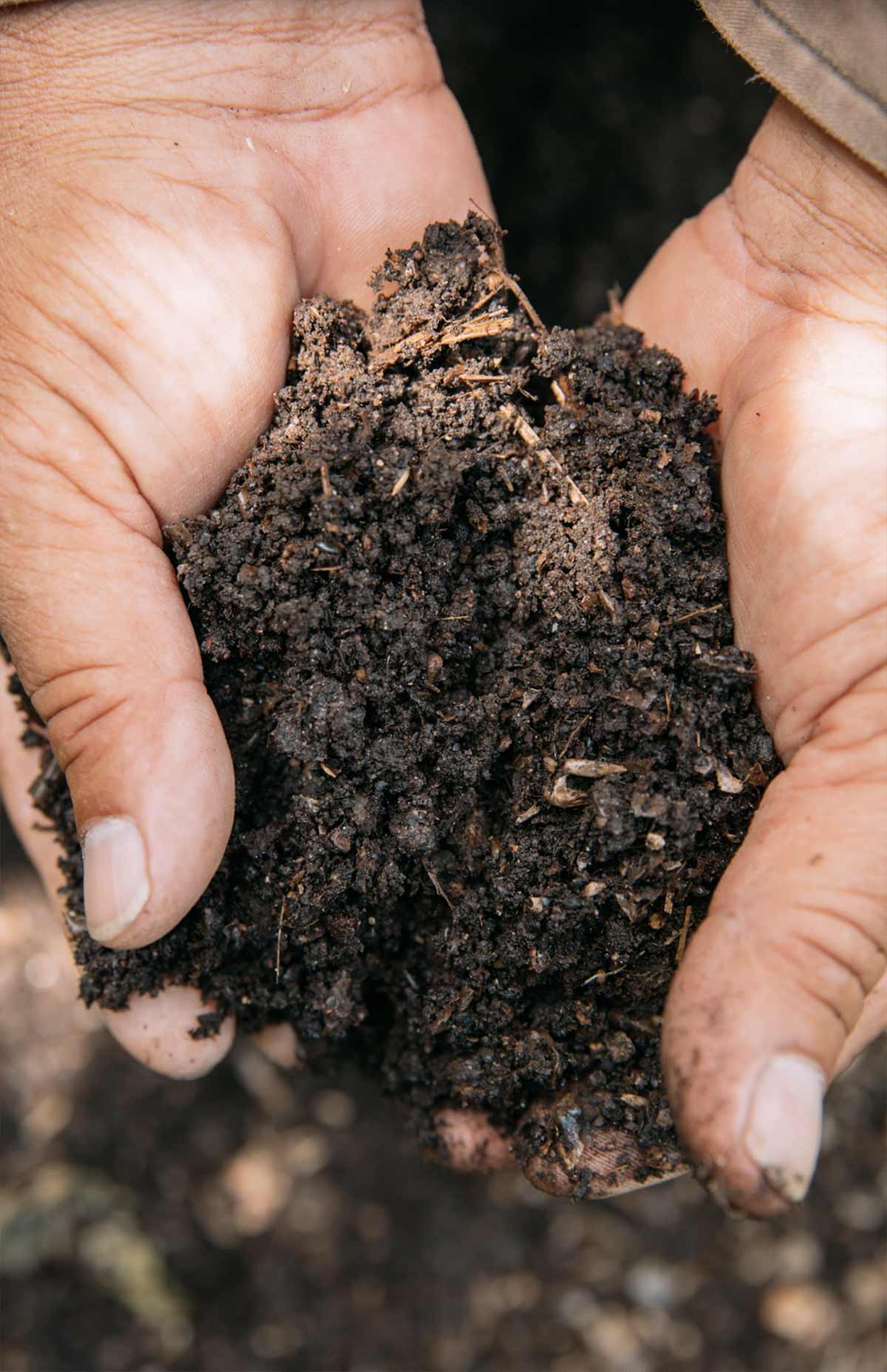
We look to create action and bring people into this system of regenerative poultry production, and we understand an important part of this is showing that change is current and tangible.
– Reginaldo Haslett-Marroquin
Poultry Centered Regenerative Agriculture System chickens are slower growth birds raised seasonally in small flocks that range and roam outside under a protective and productive canopy of hazelnut, elderberry, and other native trees. Chickens are originally native to the tropical jungles of Southeast Asia, before they were widely spread and domesticated around the world. Reginaldo emphasizes the importance of creating similar conditions for chickens, like prior to domestication, where they can move between two primary habitats: their feeding areas of shrub-like layers and an open canopy, and their roosting areas in the lower branches of trees.
The regenerative poultry system intends to eliminate negative environmental impacts of poultry production and improve environmental and soil quality through perennial crop production, small flock size and rotation, and an intentional system design that addresses water, soil, biodiversity and other environmental aspects. So far, Salvatierra Farm has planted 8,200 hazelnut trees and counting! Their goal is to plant 35,000 native trees on the farm to increase their current poultry perennial cropping systems to restore the land, naturally manage water flow, and increase habitats for pollinators and wildlife.
A message from the Farmer’s Footprint Team
In a society of greenwashing, colonization, and misleading food labeling, the term “regenerative” is starting to become more of a lay term being slapped on labels and over-utilized for marketing purposes. Yet at the heart of this concept is a lifestyle, a way of being, that is ancient, profound, and has evolved through generations of peoples deeply connected to place. We must respect and pay homage to this prolific and ancient lineage in order to fully understand what regeneration is, and is not.
We have found ourselves following suit to the tendency of wanting to define, narrow, and narrate the regenerative agriculture movement, yet the words of A-dae Romero Briones and Reginaldo Haslett-Marroquin have deeply shaken and moved us to start seeing a more whole perspective of this topic. The ancestral wisdom they share has reshaped and expanded the lens at which we look, talk, and write about this topic of regeneration. We hope it touches you too by opening new portals of awareness, education, and implementation. Join this experiential journey as Reginaldo and A-dae uncover some fundamental aspects for the true creation of a regenerative food system as told through Indigenous ways and perspectives…
An Experience to Understand a Truly Regenerative System…
The True Essence of Regenerative Agriculture
Business in a Regenerative System: A Message to Farmers
Communal Wealth
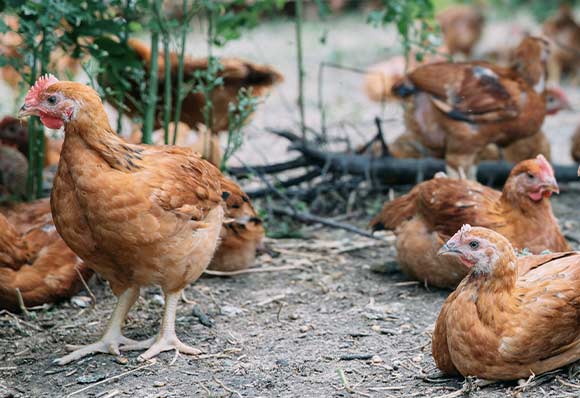
Indigenousness
The Colonization of Regenerative Agriculture
The Restoration of Hope

An Experience to Understand a Truly Regenerative System…
The True Essence of Regenerative Agriculture
Business in a Regenerative System: A Message to Farmers
Communal Wealth
Indigenousness
The Colonization of Regenerative Agriculture
The Restoration of Hope
The True Essence of Regenerative Agriculture
The True Essence of Regenerative Agriculture
To Reginaldo, regenerative agriculture goes well beyond a set of principles, such as soil health, cover cropping, no till, etc. Rather, these things are simply byproducts of a larger regenerative system that works on the regional ecosystem-level.
Reginaldo describes regenerative agriculture as “a way of being, of doing, of thinking, and of relating within nature, as part of nature and as carbon life forms.”
Regenerative agriculture is a system that works in tandem with other ecological systems to build the conditions for everyone and everything to thrive, so that all organisms of the earth will have the potential to realize their fullest expression. Instead of the focus being on specific farming practices, Reginaldo encourages us to zoom out to a more regenerative lifestyle and way of thinking, and that paradigm in itself will result in soil, human, and ecosystem health.
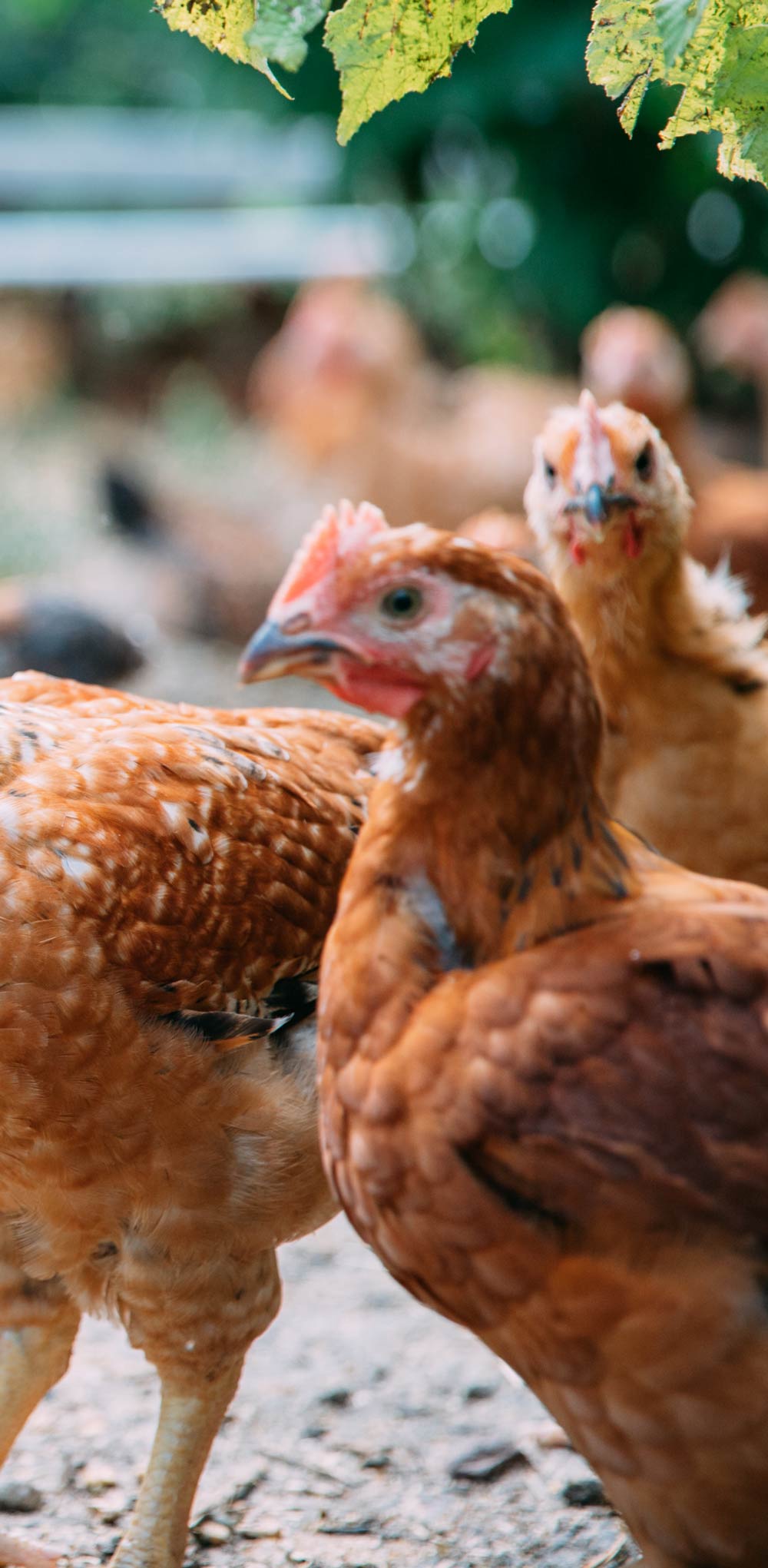
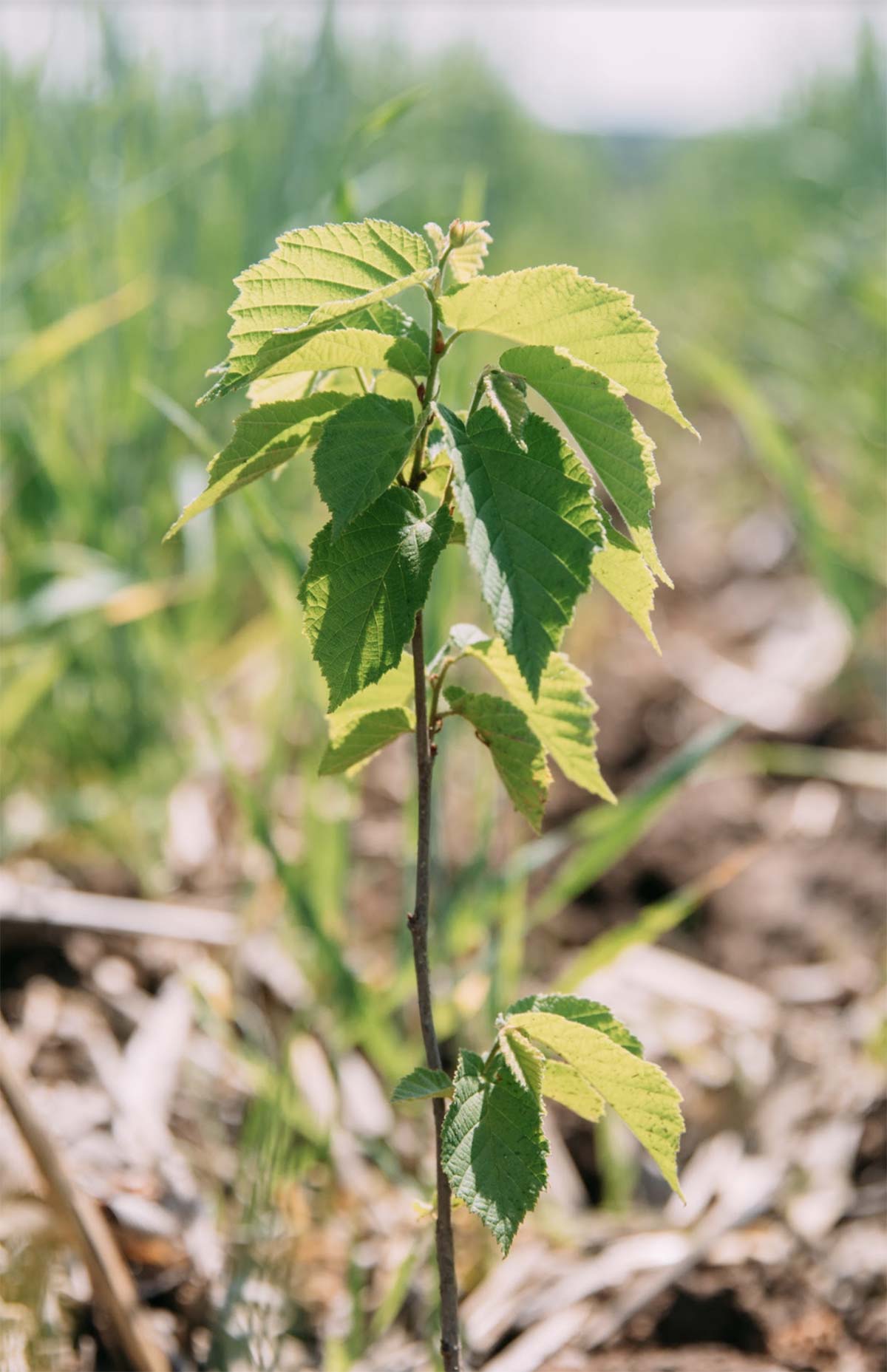
We follow an Indigenous understanding of regenerative agriculture. This serves as the foundation to understanding what practices to follow for specific ecology and how best to support communities. Approaching regenerative agriculture from an Indigenous mindset helps us to understand that regeneration is larger than the land being farmed on, and can only be achieved at the ecosystem level. Meaning, to be regenerative you engage with everything you encounter with integrity and healing.
– Reginaldo Haslett-Marroquin
Let’s dig in to see how this philosophy is applied at the farm level…
“For us, a regenerative poultry system is one that will be seen by ecological regions, where the system restores native species, soil health, and poultry back to its natural habitat, where the farmers own the infrastructure and have no debt. It’s not about the chicken, the carrot, the product, or the farm. Only systems are regenerative and that is the standard we must hold ourselves to.” – Reginaldo Haslett-Marroquin
When we farm, we must think about natural cycles, and how we become more embedded into those natural systems. We take the cues from the natural systems, whether that be deer, insects, or water shortages. In order to be successful farmers, we have to learn how to adjust to those environmental changes from the beings in that natural environment.
Business in a Regenerative System: A Message to Farmers
Business in a Regenerative System: A Message to Farmers
According to Reginaldo, one of the most important parts of a regenerative system is ownership control and governance. “The land will be taken care of if the supply chain is regenerative in governance, control, and ownership.” – Reginaldo Haslett-Marroquin
It is common for farmers to be individualistic, and this, according to Reginaldo, needs to change.
“We have to stop thinking of ourselves as individual business entities. When we act individually, we actually squander the ecosystem possibilities of systems change that we have.” – Reginaldo Haslett-Marroquin
A truly regenerative system collectively builds together; this is done not just by merely coming together, but innovating and improving on what we already know how to do, delegating who is best for what role, removing individualistic ego-centricism, and last but not least, those who experience success have the responsibility to share their learnings.
As a farm within the Regenerative Poultry System Salvatierra Farm:
- Serves as a hands-on farm training site for aspiring, new, and established farmers
- Offers online training and workshops that can expand beyond traditional confines
- Provides a space for people to gather and engage in multicultural experiences
- Brings in experts in community organizing, financial literacy, and civic engagement
- Provides onsite education for investors, funders, policymakers, and business leaders
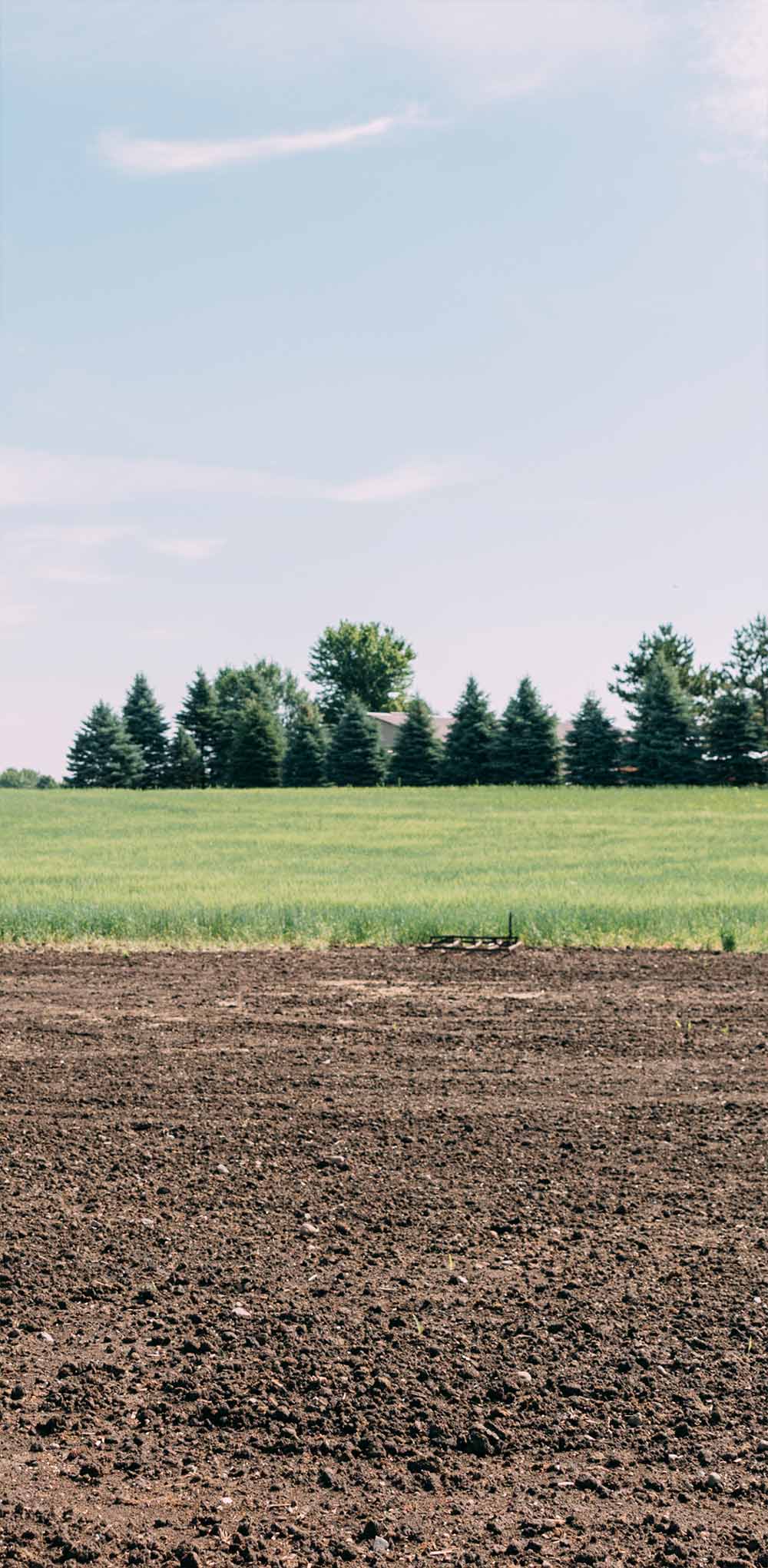
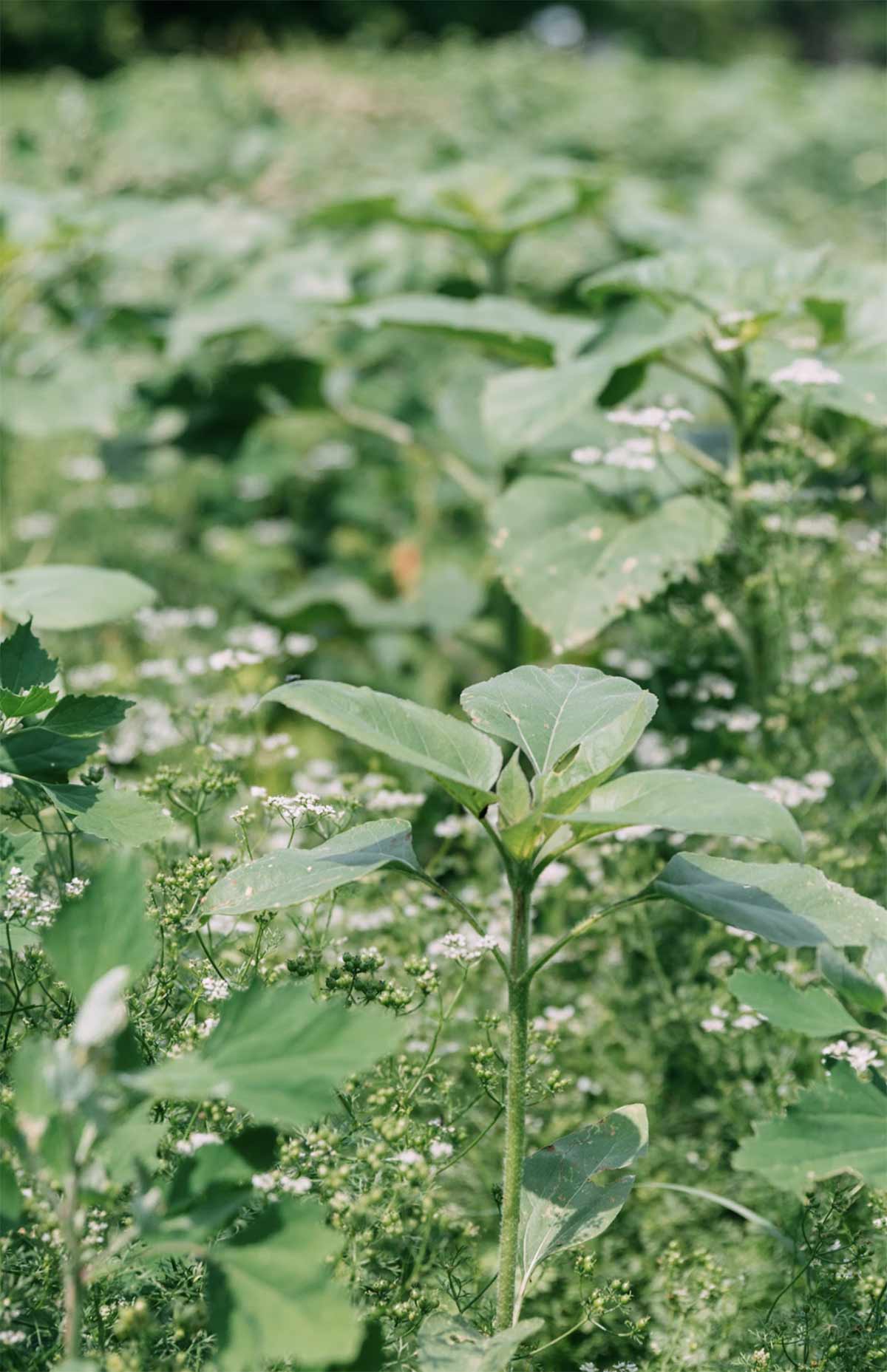
Nobody is going to change the system by themselves. We must standardize the ancestral ways that have managed these landscapes on a large scale in the past. Indigenous people had a standardized system, a process to collectively manage and grow food, and these ancestral ways deliver regenerative outcomes.
– Reginaldo Haslett-Marroquin
Communal Wealth
Communal
Wealth
Reginaldo often gets asked if regenerative agriculture is profitable. The question he answers back with is one he hopes we’ll all take a moment to sit with: “What is profitable? What is profit?”
Reginaldo explains that profit is the balance between the energy in the system and the energy you harvest.
He goes on: “From an energy exchange standpoint, yes regenerative agriculture is the most profitable system out there! But according to a colonized system, we are not because that system doesn’t recognize true profitability. True profitability is our ability to create communal wealth, not whether we can extract a profit…” – Reginaldo Haslett-Marroquin
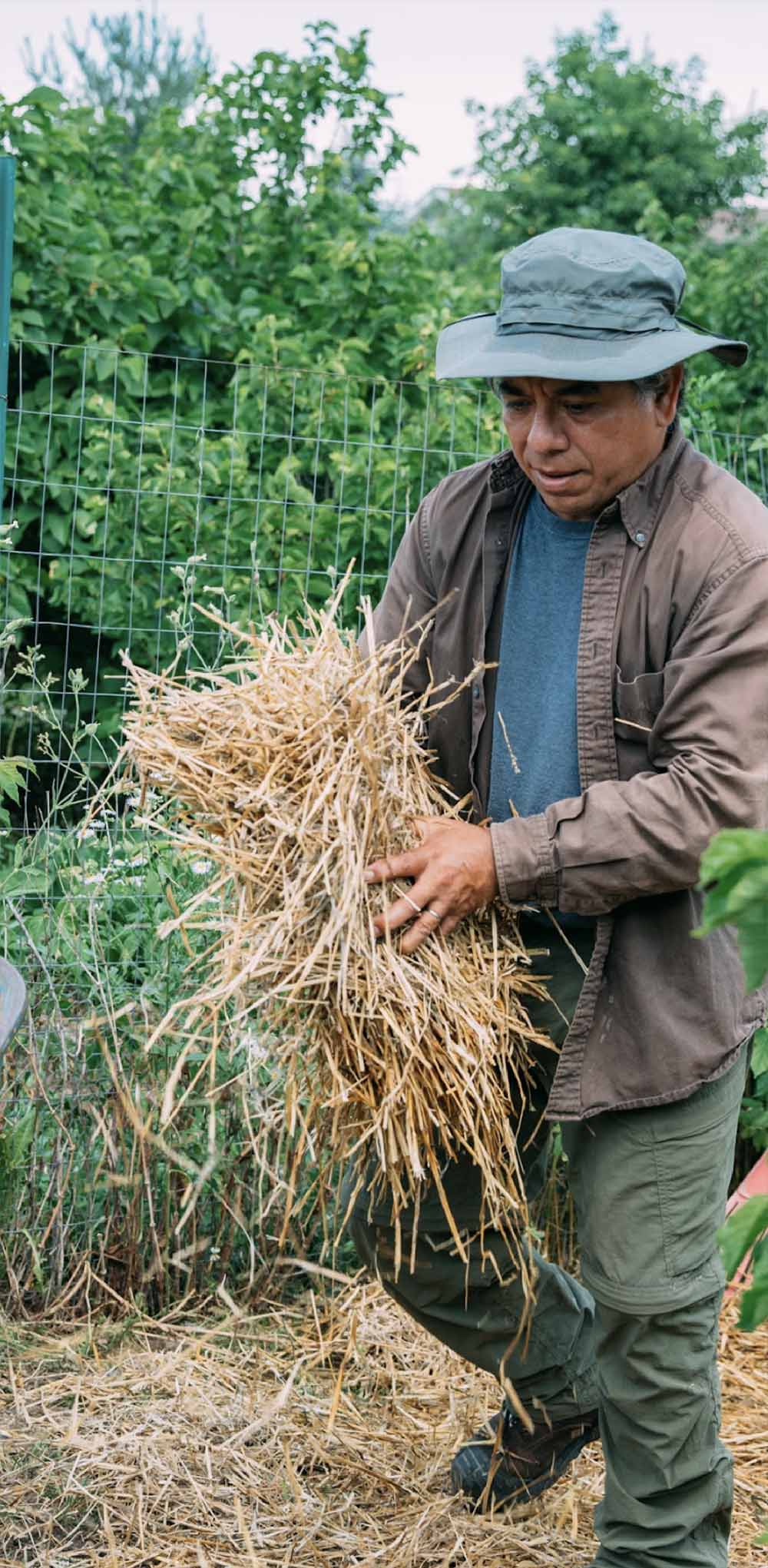
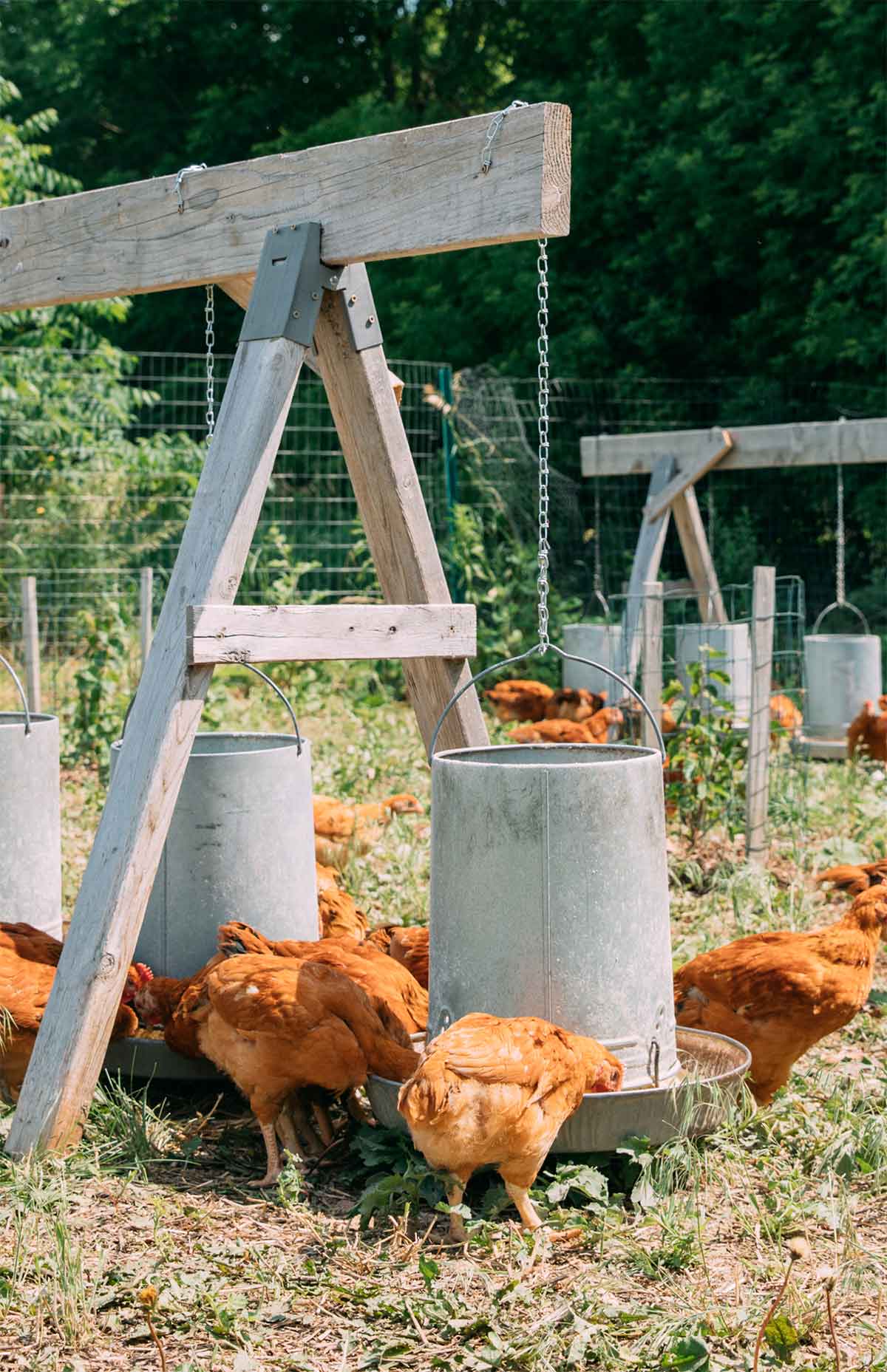
And true communal wealth and wellbeing is the ultimate accomplishment of a regenerative system. This is the measure of whether a system works or doesn’t.
– Reginaldo Haslett-Marroquin
Indigenousness
Indigenousness
“Every country in the world has had ancestral traditions that came from being indigenous. And so it’s not about black or white people or people of color, it’s about all of us as human beings being indigenous, we are indigenous, just like this trees, just like the microorganisms in this specific space are indigenous to this ecology, we are also indigenous to the earth, we are made of the elements of the earth…” – Reginaldo Haslett-Marroquin
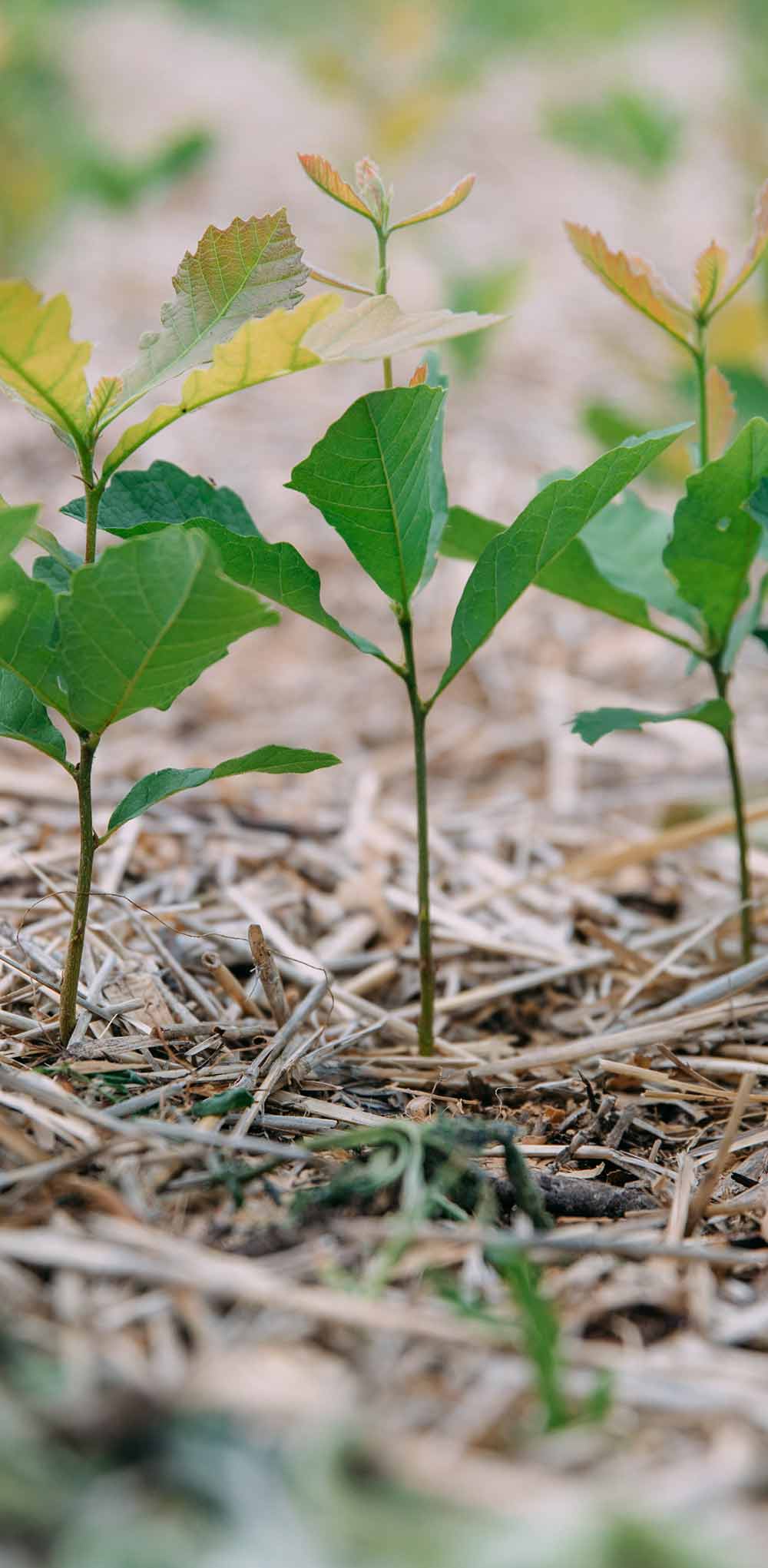
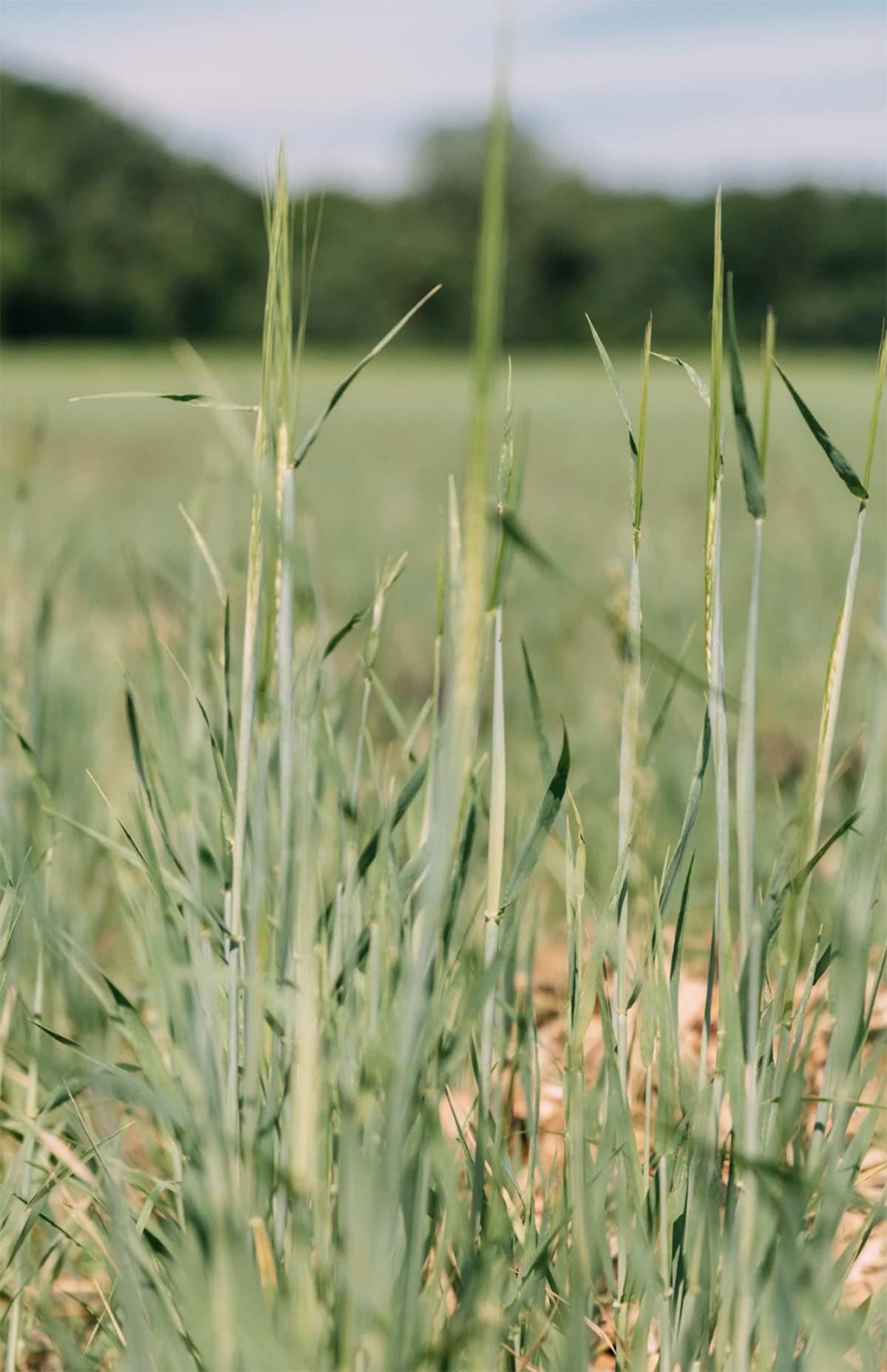
So once we are identified with that way of being, and thinking and interacting with other living creatures, then we can identify more with the ancestral concept of indigenousness.
– Reginaldo Haslett-Marroquin
The Colonization of Regenerative Agriculture
The Colonization of Regenerative Agriculture
“We are all born both indigenous to the earth and colonizers of the earth. And the one we feed, is the one that wins.” – – Reginaldo Haslett-Marroquin
Understanding regenerative agriculture requires an understanding of history, both how it is told and what is not told. It requires an understanding of the development of present day models of
production that have utterly drawn down life in our most life giving geographies. It requires an understanding of colonization and capitalism that often minimizes the experiences and the importance of people(s).
Regenerative agriculture includes a true history of land, the environment and people’s health that starts prior to contact. To decolonize regenerative agriculture, we have to go back and think about the times before European settlement and contact, to the times when there was more of a balance in the ecological environments that we’re trying to correct now.
“When the concept of regeneration came around, very quickly nonprofits and companies jumped in that band-wagon and immediately started the process of colonization. The reality is, the world, the people, and the concept of regeneration was already here, but just because some people hadn’t seen it before and didn’t know it existed, they came into this space and ‘discovered’ it, and then they named it, and finally they defined it. It’s important for the colonizer to define something because then they can narrow it into what fits their way of thinking.” – Reginaldo Haslett-Marroquin
While Reginaldo describes the colonial government systems that have been systematically imposed on Indigenous people, he also describes the systems of production that have been imposed on our natural environments. Colonization is both a human and environmental system of oppression.
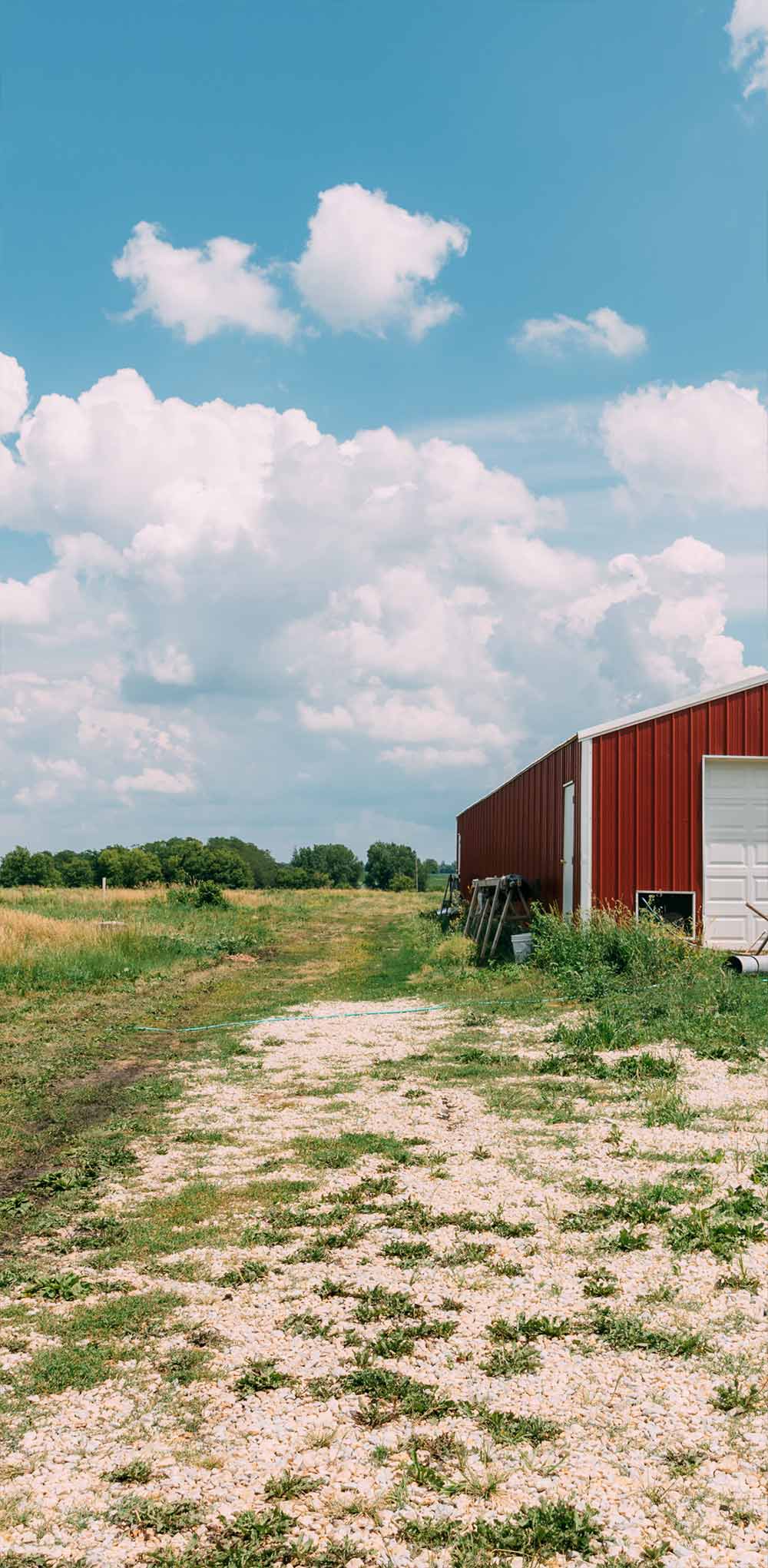
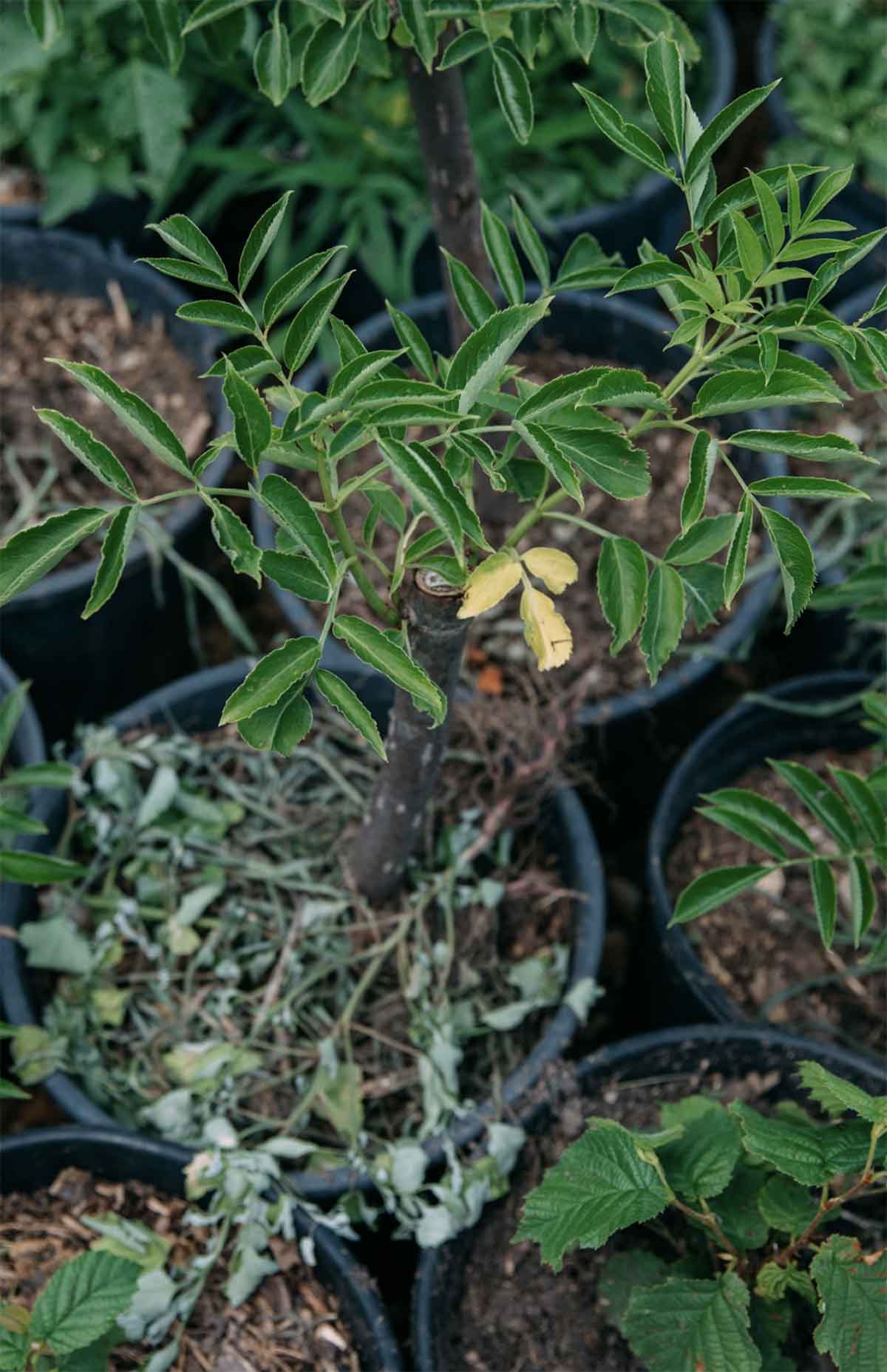
The pattern is very consistent across the board no matter what. A colonizing society runs out of room and resources, and starts down a path of social, economic, and environmental collapse. Instead of addressing the root causes, the society tries to find other places with less damage and take them over to appropriate them to expand their colonial systems instead of correcting the problems in the place they just left.
– Reginaldo Haslett-Marroquin
When a society leaves out entire groups of people, the experiences and lessons of those people, they become fruitless.
Once isolated, the original communities of the place are no longer able to communicate, connect, teach, and are so broken down there is no possibility of bringing back old ways. Once there is economic colonization, it will be followed by colonization of the body, and the last stage is intellectual colonization. As Reginaldo speaks, he is not only describing much of global human history, he is talking about euro- ecological systems of food production that have brought us into an era of environmental urgency.
“Within the space of regenerative agriculture there is a great and immense opportunity to optimize the fullest potential of what it means to be a regenerator. But, if we continue down the path of colonizing this ancestral way of being, we are diminishing the potential to actually change the unsustainable way things are currently being done.” – Reginaldo Haslett-Marroquin
The Restoration of Hope
The Restoration of Hope
When I asked about his regenerative agriculture work here in the United States, Reginaldo responded, “I am an Indigenous insurgent….I was born an insurgent. I have lived the principles of insurgency and that has not changed one iota. It has gotten better. I am engaged in an intellectual insurgency right now-to oppose and resist the system that is killing our planet, our bodies, our minds, and our spirit. At the same time, building the system we want- building a system that will nourish us into the future. An insurgent is a builder, a builder of communities and economies and social webs and threads. I did that in Guatemala and now that is what I do here.” Much like our Indigenous predecessors who had trade routes that spanned the North American continent, Reginaldo has connected experiences, insights, and understandings that span geographies and communities.
Reginaldo calls himself an intellectual insurgent, as do I. We are Indigenous people fighting for Indigenous lifeways, the very key to regeneration, the only models that hold lessons for us changing course, but it’s those lifeways, those very models that are often destroyed or ignored from the very beginning of this nation’s history. In order to participate and learn about regenerative agriculture, we need to go back to the beginning, re-tell a truthful history of this nation, re-teach ourselves to see the people and stories we have been taught to ignore, and engage in the intellectual insurgency that forces us to rethink the models that have gotten us here in the first place.
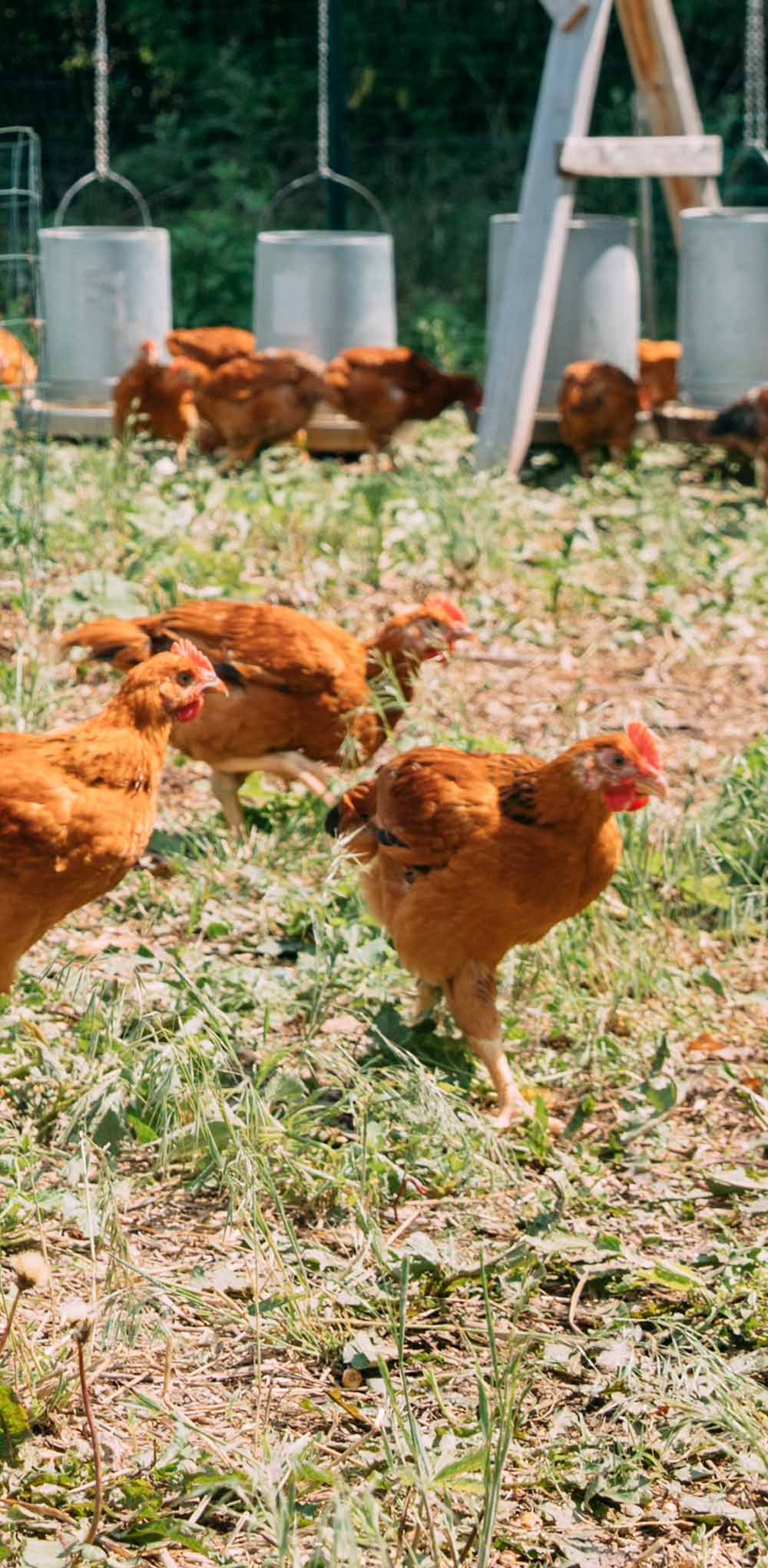
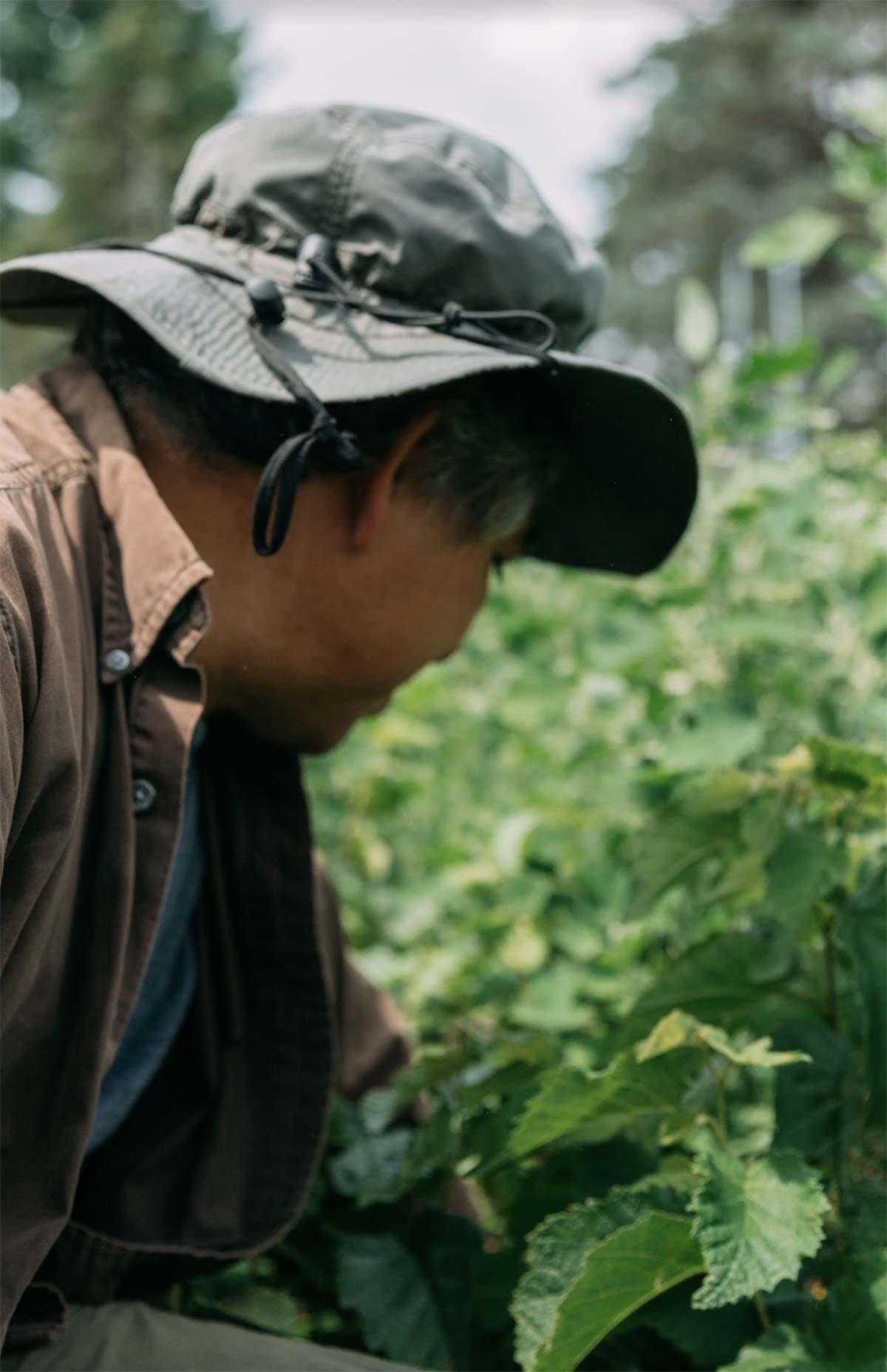
Indigenous people here in the United States are not very different from the Indigenous people in Guatemala. They were under attack. Their ideas were under attack. Communities have been obliterated. Genocide has been committed against our communities… Conditions are identical because it’s the same system at work in different geographical places.
It’s the system where natural wealth exists then it is extracted, exploited, and expropriated.
– Reginaldo Haslett-Marroquin
In Closing…
Seeing the world through Reginaldo’s lens reminds us regeneration is not a to-do list, it’s a way of seeing holistic systems and the opportunity this holds to serve the health of the earth and every sentient being in the community.
He reminds us that each individual farm is part of a larger regenerative system with the capacity for change and restoration, as is each individual. May we hold this vision of hope and also the realities of colonization, and let both fuel a collective regeneration of this movement.

This feature was a collaboration between A-dae Romero-Briones, Reginaldo Haslett-Marroquin, and Farmer’s Footprint.
A-dae Romero-Briones worked for the University of Arkansas School of Law Indigenous Food and Agricultural Initiative while earning her LL.M. degree in Food and Agricultural Law. Her thesis was on the Food Safety Modernization Act as it applied to the federal-tribal relationship. She wrote extensively about food safety, the Produce Safety rule and tribes, and the protection of tribal traditional foods. A U.S. Fulbright Scholar, A-dae received her Bachelor of Arts degree in Public Policy from Princeton University, and received a Law Doctorate from Arizona State University’s College of Law, in addition to her LL.M. degree in Food and Agricultural Law from the University of Arkansas
